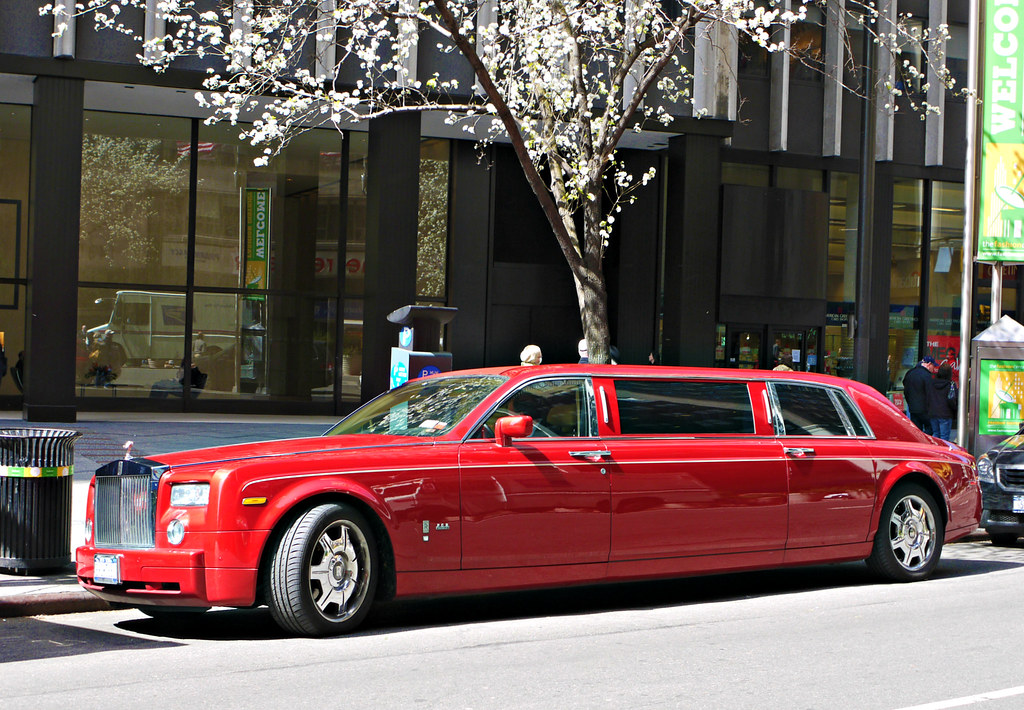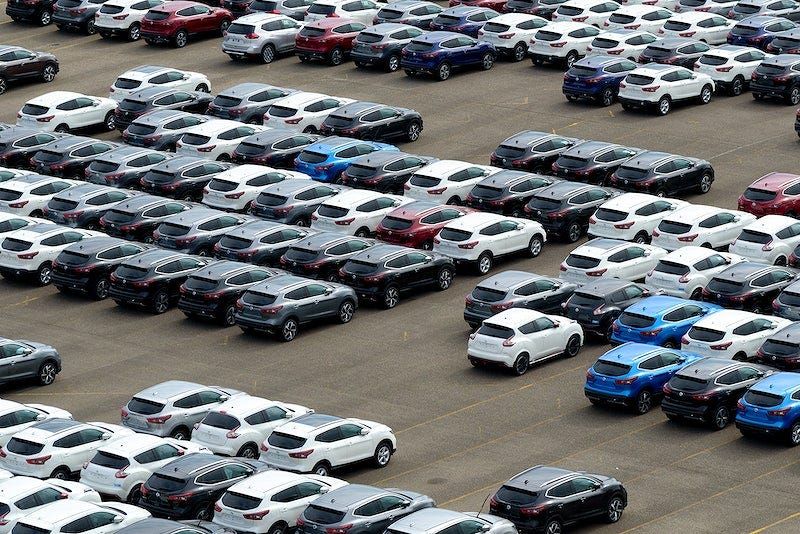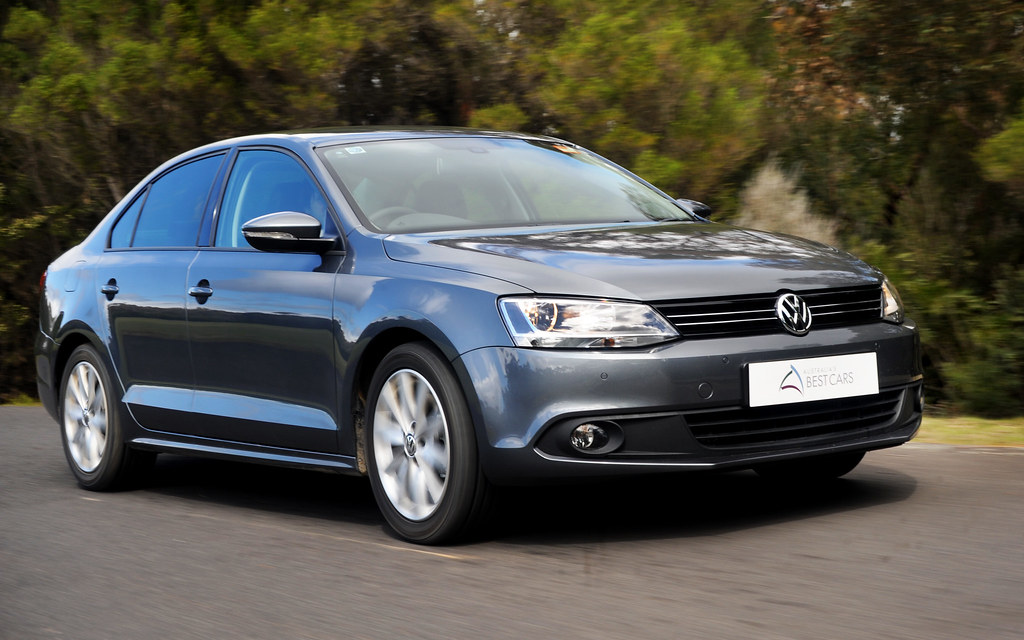
When you hear the name Volkswagen, chances are you immediately think of reliable, well-engineered cars that have become a staple on roads across the globe. However, what many consumers don’t fully grasp is that Volkswagen is far more than just a single car manufacturer; it’s a colossal multinational automotive powerhouse. This German-headquartered giant operates as an umbrella corporation, the Volkswagen Group, which has meticulously assembled an astounding portfolio of brands spanning every conceivable segment of the automotive industry. From everyday commuters to ultra-luxury vehicles, and even high-performance motorcycles, Volkswagen’s strategic acquisitions and internal developments have cemented its position as one of the most influential forces in mobility worldwide.
The Volkswagen Group’s origins trace back to the 1930s in Germany, driven by the vision to create an affordable car for the masses—a ‘People’s Car,’ which famously led to the iconic Volkswagen Beetle. This foundational ethos of accessibility and quality has since evolved into a complex network of marques, each with its unique identity, market focus, and storied history. This impressive diversification allows the Volkswagen Group to cater to an incredibly wide spectrum of consumer preferences and regional demands, ensuring its presence in virtually every major automotive market across Europe, North America, and Asia. It’s a testament to decades of strategic growth, innovation, and a keen eye for market leadership.
Navigating this expansive empire can be quite an eye-opener, revealing how many familiar—and perhaps some less familiar—brands are intricately linked under one corporate banner. The group categorizes its brands into distinct segments: Core for its mass-market offerings, Progressive for lower-volume and more expensive vehicles, and Sport & Luxury, a category Porsche currently holds exclusively. This structured approach helps manage a vast array of vehicles and market strategies, but for the consumer, the sheer breadth of ownership is truly fascinating. Join us as we explore some of the most prominent names that make up the first half of this automotive giant’s impressive roster.
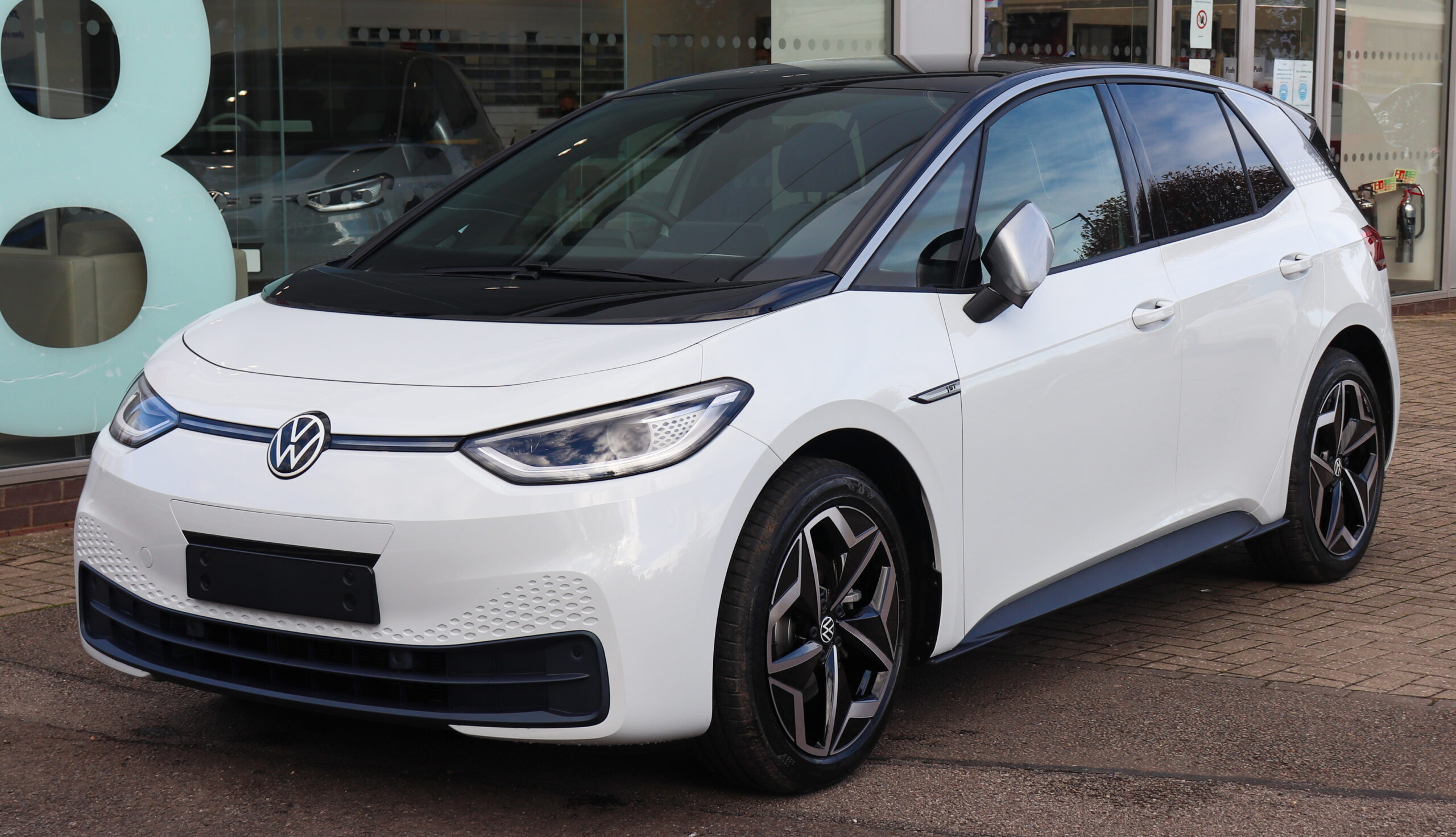
1. **Volkswagen**It might seem obvious, but yes, the Volkswagen Group proudly owns the Volkswagen car brand itself. This is where it all began, with a lineage that stretches back to the original Beetle, a car designed by the legendary Ferdinand Porsche. Resurrected and reimagined after 1945, the Volkswagen brand has since become synonymous with a range of iconic vehicles, including the ubiquitous Golf, the popular Jetta, and the classic bus, which is currently making an exciting return in an all-electric format. These models, among others, have solidified Volkswagen’s reputation for producing reliable, practical, and fuel-efficient cars for everyday consumers.
As the flagship of the Core brand group within the Volkswagen conglomerate, affordability and mass appeal remain key tenets of the Volkswagen brand’s strategy. Its vehicles are priced for a broad market, embodying the original spirit of the ‘People’s Car.’ This approach has proven incredibly successful on a global scale. While you can spot VWs motoring along every road in the world, its cars have particularly soared in popularity in regions like China, which accounted for a significant 43% of its profits in 2018, and Europe.
Together, these two regions represent a substantial three-quarters of VW’s total deliveries, underscoring the brand’s immense footprint in crucial international markets. Volkswagen continues to offer a versatile choice for many buyers, with everything from compact city cars and family sedans to SUVs and electric vehicles. The Tiguan and the Jetta, for example, continue to compete at the top of their ultra-competitive segments in the industry, showcasing the brand’s enduring commitment to quality and diverse offerings.
Read more about: The Vanishing Act: 12 Car Features Automakers Are Quietly Removing and What Every Buyer Needs to Know Before Signing
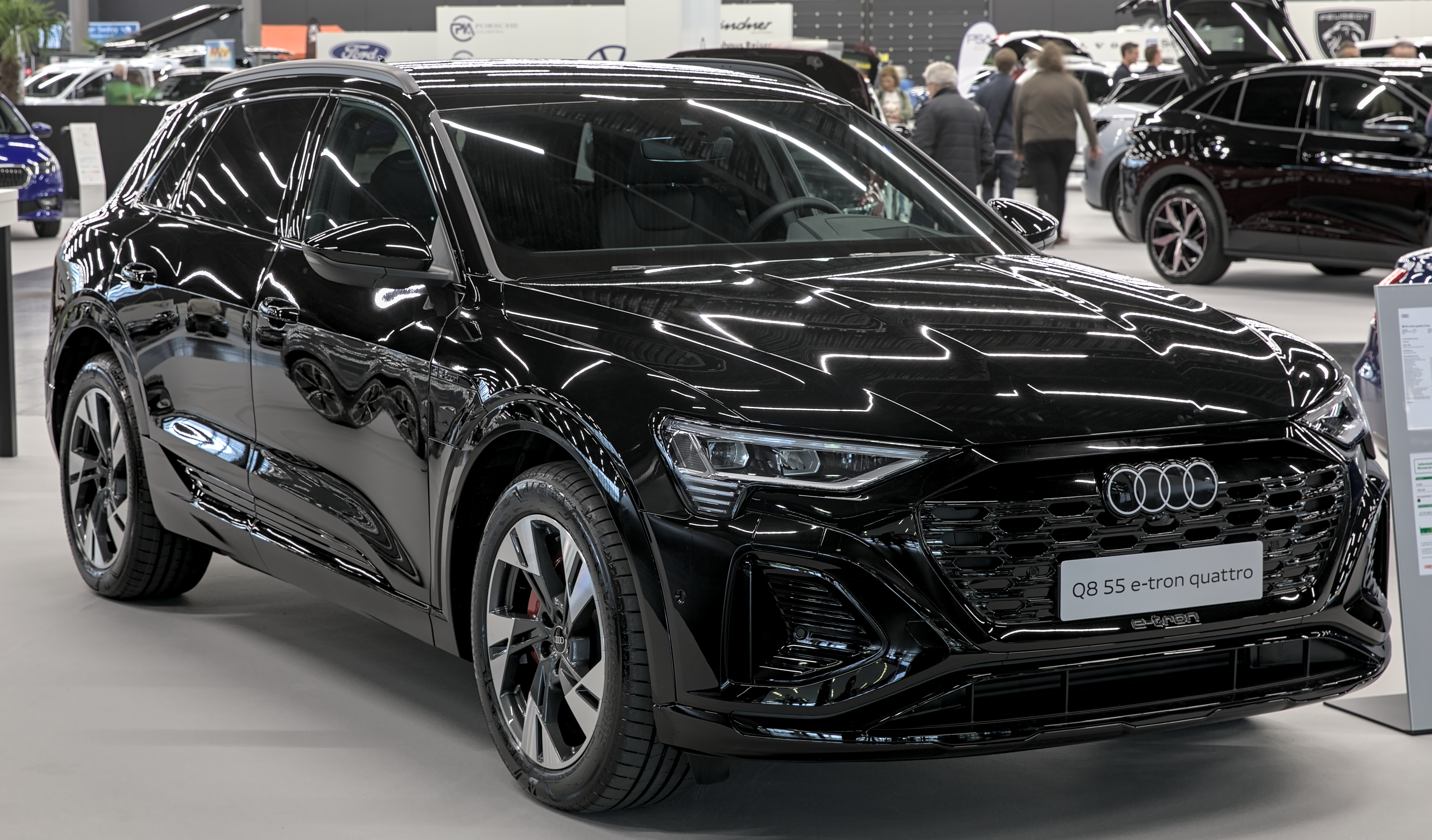
2. **Audi**Audi stands as a beacon of luxury and technological innovation within the Volkswagen Group’s impressive portfolio. This prestigious German brand, which became an official subsidiary of Volkswagen in 1966, has carved out a distinct identity in the mid-to-high market, appealing to premium car enthusiasts with its sleek designs, cutting-edge technology, and a wide array of models. The modern Audi company was born from a merger of several others under Volkswagen’s ownership in the 1960s, and since then, the marque has consistently been associated with significant technological advancements in the automotive industry.
Most famously, Audi’s quattro all-wheel-drive system revolutionized the rally championships for years, propelling all-wheel drive to widespread prominence and adoption across the industry. Today, Audi continues to push boundaries with advanced infotainment systems and a robust electrification strategy. While it has recently softened its ambitious original target of 2033 for exclusively producing EVs, the brand remains committed to heading in this direction, exemplified by its expanding e-tron lineup. Models like the Q6 e-tron are joining the ranks alongside the Q4 e-tron and Q8 e-tron, showcasing Audi’s role as a leader among legacy auto brands transitioning to electrification.
Audi’s market position, with its entry-level cars being relatively affordable but most of its range priced high enough, places it firmly within VW’s Progressive group. This segment is home to high-end and specialty brands, and Audi towers over it, generating substantial revenue and profits for the conglomerate. The brand offers an expansive choice of cars and SUVs, covering almost every segment from compact yet well-equipped sedans like the A3 and A4 to the more luxurious Q6, Q7, and Q8 SUVs, reinforcing its status as a key player in the luxury and performance niches.
Read more about: Remember the Aughts? 12 Mind-Blowing Moments and Trends That Totally Shaped the 2000s
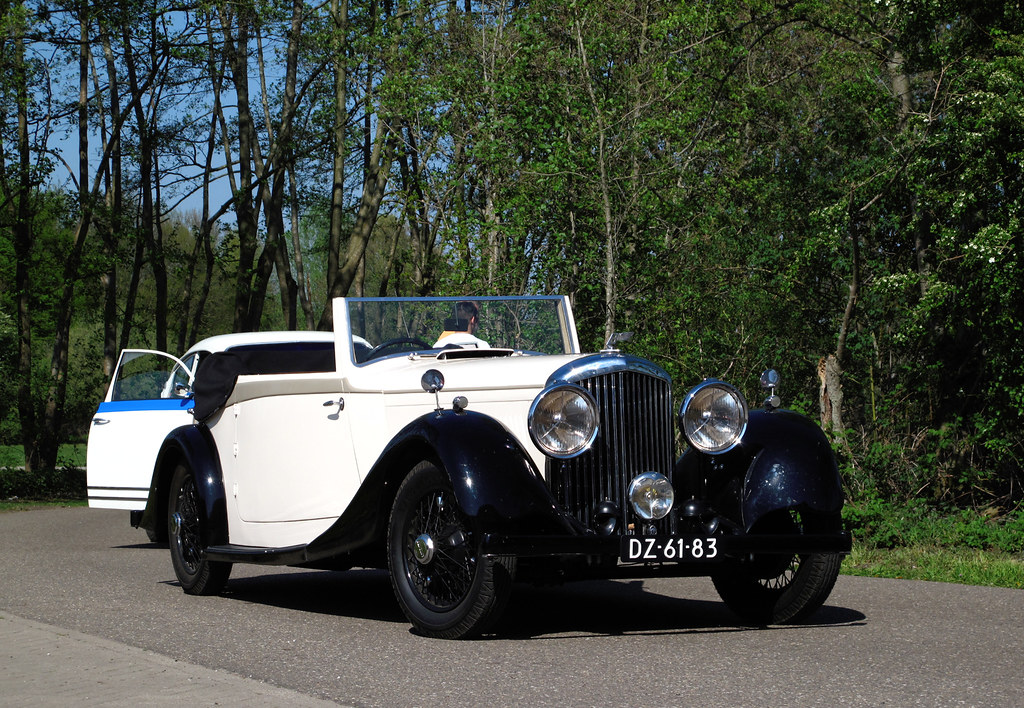
3. **Bentley**For those who appreciate the pinnacle of British luxury and craftsmanship, Bentley needs no introduction. Since its founding in 1919, this iconic brand has defined ultra-high-end vehicles, initially with a more race-oriented focus in its early decades. Today, Bentley’s grand tourers are considered among the best in the business, masterfully balancing supreme comfort with impressive performance, creating an experience akin to gliding in a private jet. Stepping into a Bentley’s interior often reveals a level of furnishing and spaciousness that can rival, or even surpass, a well-appointed room.
Given the significantly high sticker price for its models, Bentley has historically been a low-volume seller, which has occasionally led to financial challenges. This trajectory eventually led to its acquisition by the Volkswagen Group in 1998, a pivotal moment that involved Volkswagen outbidding BMW for most of the rights, though the Rolls-Royce name and logo ultimately went to BMW. Since then, Volkswagen has been resolute in continuing Bentley’s legacy as a leading brand in the luxury segment, supplying cars under the esteemed Bentley name.
Currently, Bentley offers a sophisticated lineup of five vehicles, including different versions of the iconic Continental grand tourer and the luxurious Bentayga SUV. Furthermore, the brand’s historic coachbuilding services are available through the Mulliner model, allowing discerning customers to customize every aspect of their car’s design to their precise taste. Bentley now sits within Volkswagen’s Progressive brand group and, since 2022, has joined the Audi Group to strengthen the push for electrification in the luxury segment. While its initial target for exclusively producing EVs by 2030 has been delayed until 2035, the first Bentley EV is set to be unveiled soon, signaling its steady march towards an electrified future.
Read more about: Beyond the Runway: A Deep Dive into Ralph Lauren’s Legendary Car Collection, Valued at Over $600 Million
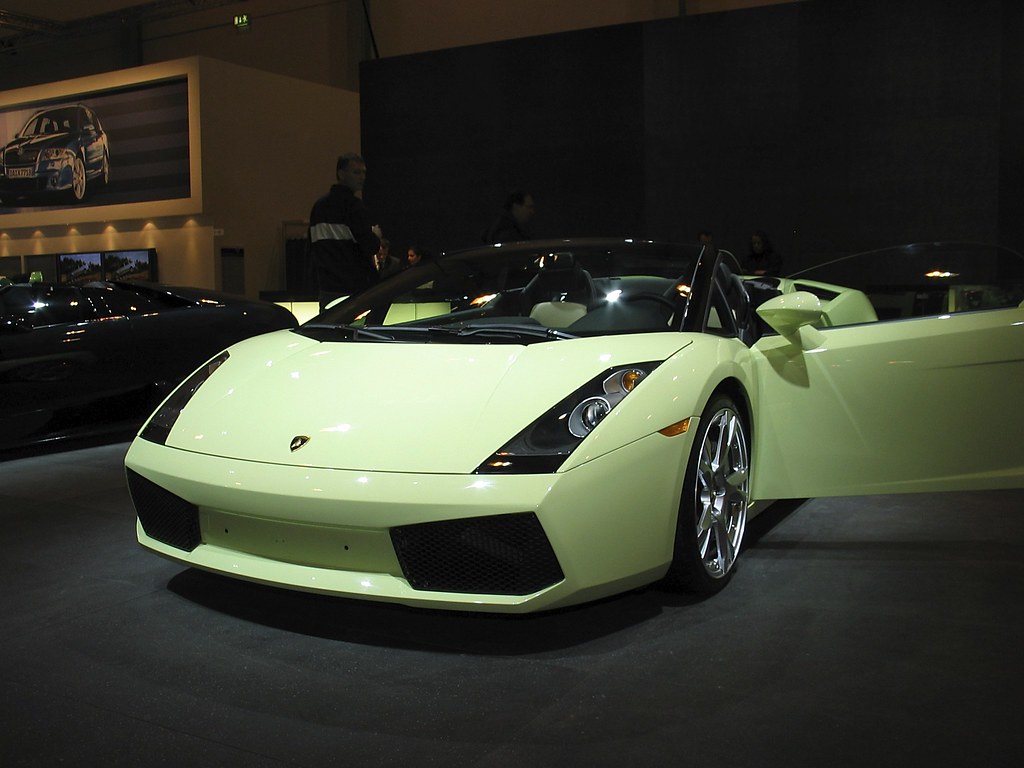
4. **Lamborghini**Few brands ignite the imagination quite like Lamborghini, a marque synonymous with showy, ostentatious, and outright exhilarating performance cars. Founded in 1963 by Ferruccio Lamborghini, who famously switched from producing tractors to crafting some of the fastest cars on the road in direct competition with Ferrari, the company quickly became a symbol of raw power and iconic design. Lamborghini has created some of the most instantly recognizable, poster-worthy cars in history, including the era-defining Countach, the sharp-edged Aventador, and of course, the legendary Miura, widely considered one of the best-looking cars ever made.
Despite its celebrated status, Lamborghini’s financial history was quite rocky through its early decades, changing ownership several times before it finally found a stable home within the Volkswagen Group in 1998. Following this acquisition, Lamborghini was strategically placed under Audi management, a move that has since propelled the unit to produce powerful V12 sports cars and new legends of the performance scene like the Gallardo and Murcielago. Today, Lamborghini’s current lineup remains as exclusive and potent as one would expect, featuring the groundbreaking Revuelto supercar and the immensely popular Urus SUV.
Like many brands under the Volkswagen Group, Lamborghini is actively embracing electrification. The Revuelto, for instance, is the first model in the new High Performance Electrified Vehicle (HPEV) category, combining three electric motors with a formidable 6.5L V12 combustion engine to achieve an astounding total power output of 1001 horsepower and 535 lb-ft of torque. The upcoming Temerario will also follow this electrified path. Furthermore, Lamborghini’s first-ever all-electric vehicle, the Lanzador, is now scheduled for release in 2029, showcasing the brand’s commitment to a high-performance electric future while firmly remaining a part of VW’s Progressive brand group.
Read more about: You Won’t Believe How These 13 Famous People Live Surprisingly Frugal Lives—From Billionaires to Hollywood Stars!
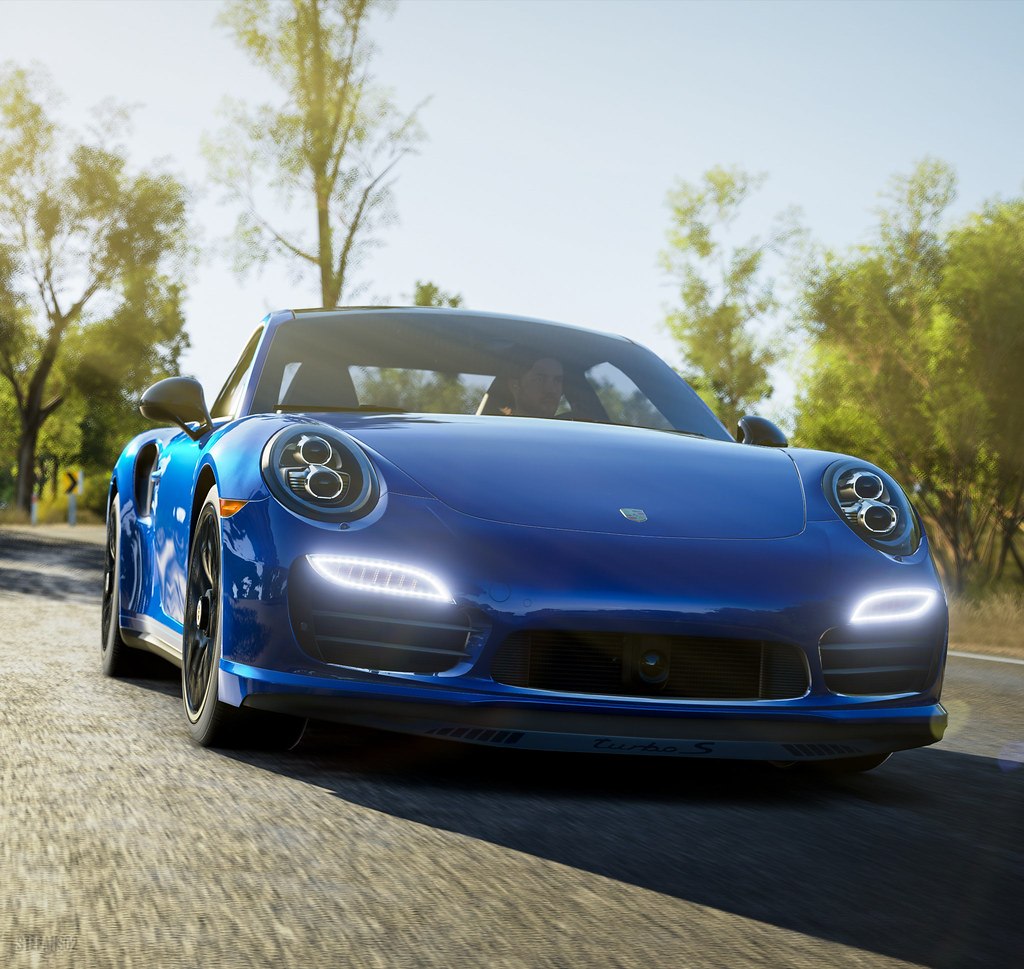
5. **Porsche**The relationship between Porsche and Volkswagen is deeply intertwined, tracing back to the original incarnation of the Beetle, famously designed by Ferdinand Porsche himself. While a natural alliance might seem destined, the integration of Porsche into the Volkswagen Group wasn’t without its complexities, culminating in a 2012 acquisition that marked the end of a multi-year duel of attempted hostile takeovers between the two entities. Ultimately, the Volkswagen goliath, which sold significantly more cars, successfully acquired the Stuttgart-based marque, making it another jewel in the crown of the ‘People’s Car’ conglomerate.
Despite this tumultuous marriage, Porsche remains one of the most celebrated sports car brands in the business. Its centerpiece is, of course, the iconic 911, an all-time member of the automotive pantheon, which has evolved through eight generations since its first release in 1963. Alongside the 911, Porsche’s modern lineup includes the mid-engined 718 Cayman and Boxster, the all-electric Taycan, and its best-selling compact SUV, the Macan. The recent introduction of the 911 Carrera GTS T-Hybrid, with its electrified powertrain, marks one of the most monumental changes for this automotive icon.
Perhaps as a unique tribute to the marque that bears the name of Volkswagen’s first designer, Porsche occupies a brand group all to itself within the larger VW Group, aptly named Sport & Luxury. This singular categorization underscores its unique prestige and performance focus. Like other brands in the group, Porsche initially set ambitious targets for electrification, aiming for 80 percent of its models to be EVs by 2030. However, in response to slower-than-expected industry-wide growth for EVs, these plans have recently been adjusted, indicating a more measured transition while still aggressively pursuing electric innovation with models like the electric Macan and the upcoming electric Cayenne for 2026.
Read more about: Unlocking Long-Term Value: The Top 10 SUVs That Hold Their Worth After Five Years, According to Expert Analysis
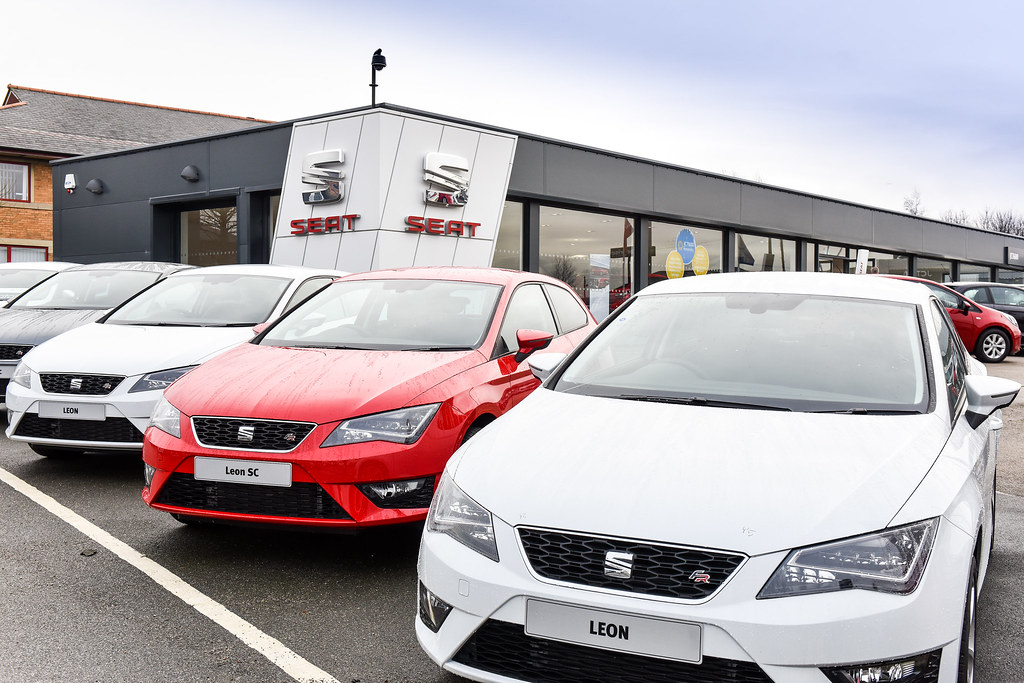
6. **SEAT**SEAT, a Spanish car manufacturer, represents a crucial part of Volkswagen’s Core brand group, delivering stylish, practical, and affordable options for a broad consumer base primarily in the European market. Founded in 1950 by the Spanish National Institute of Industry, Spanish banks, and Italian automotive giant Fiat, SEAT has become one of the most important companies to emerge from Europe. Volkswagen’s journey for control of SEAT began in the 1980s through various management partnerships, gradually increasing its stake until it achieved full ownership of the entire equity by 1990.
Since becoming a full subsidiary, SEAT has focused on expanding its presence in the European market, largely through budget-friendly cars. The brand aimed to market itself as a sporty badge for the working man, a strategy that led to the creation of a performance brand, Cupra, initially for its top-end trims. However, in 2018, the Cupra badge spun off into its own independent subsidiary, allowing SEAT to continue its focus on mainstream models while Cupra pursued its high-performance niche.
Today, SEAT sells its cars in over 70 countries around the world, showcasing its significant global footprint. Despite its widespread international presence, SEAT has never made it to the United States and has no current plans to enter the U.S. market. The brand employs more than 15 thousand people and offers over 24 models in the UK, reinforcing its role as a key player in the mass-market and near-luxury segment for Volkswagen, consistently delivering quality and accessible vehicles that match a broad spectrum of customer needs. Its ongoing success highlights Volkswagen’s effective strategy in balancing mass appeal with innovative features across its diverse brand portfolio.
Diving Deeper into Volkswagen’s Diverse Portfolio: Unveiling Six More Brands, including pragmatic options, motorcycles, heavy commercial vehicles, performance divisions, and cutting-edge electric ventures, highlighting the Group’s expansive reach and future strategies.
Read more about: Seriously, The Early 2010s Were *Peak* TV – And These 8 Stars Were Totally Running the Show!
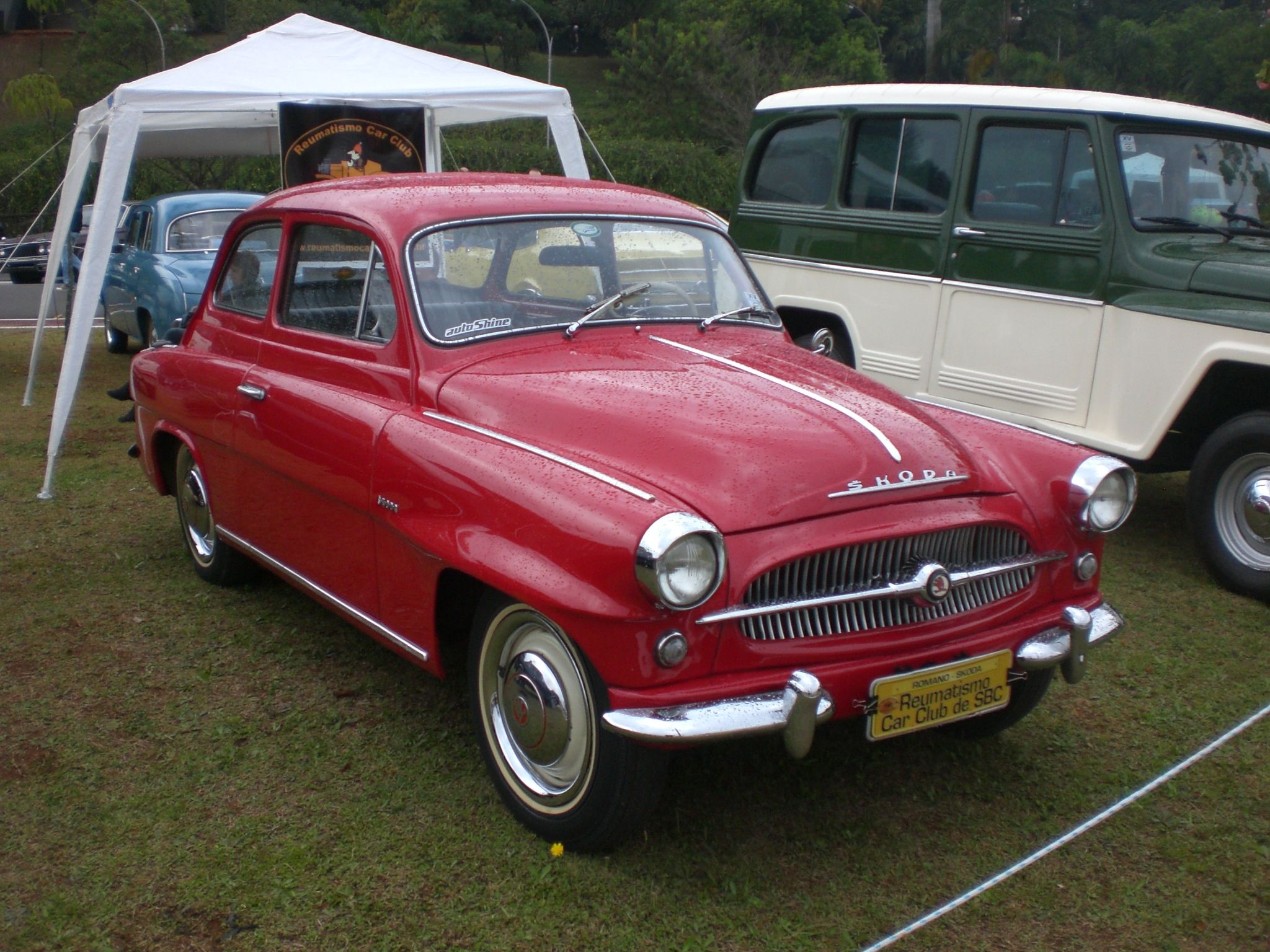
7. **SKODA**Venturing into the rich automotive heritage of Central Europe, we encounter SKODA, a Czech car manufacturing company with a storied past. Founded in 1895 by Václav Laurin and Václav Klement, SKODA initially produced bicycles and motorcycles before transitioning to automobiles. Like many companies in the region, it experienced periods of state ownership in the 20th century, notably in 1925, which, as context suggests, did not always result in the highest quality vehicles.
Volkswagen’s journey to bring SKODA into its fold began in 1991, immediately following the fall of the Eastern Bloc. Recognizing the potential in the revitalized Central European market, Volkswagen initially purchased a 30 percent stake in the company. This marked the beginning of a strategic expansion that would significantly alter SKODA’s trajectory.
Over the next few years, Volkswagen steadily increased its ownership, acquiring 60.3% in 1994 and then 70% in 1995. This gradual integration culminated at the close of the century, with Volkswagen acquiring all equity shares and making SKODA a fully owned subsidiary by 2000. Since then, SKODA’s market share has experienced a remarkable and consistent rise, solidifying its position within the global automotive landscape.
Today, SKODA stands as a major player in the European market and is making significant inroads in other regions, including India. Its vehicles are known for their practicality, spaciousness, and aggressive pricing, placing the brand squarely within the Volkswagen Group’s Core brand group. Despite its focus on affordability, SKODA also boasts a successful motorsport division, with models like the Fabia having secured multiple WRC2 championships, showcasing a surprising blend of value and performance prowess.
Read more about: Unpacking 2024’s EV Landscape: The 10 Most Reliable Electric Vehicles and the Dynamics Driving Record Sales
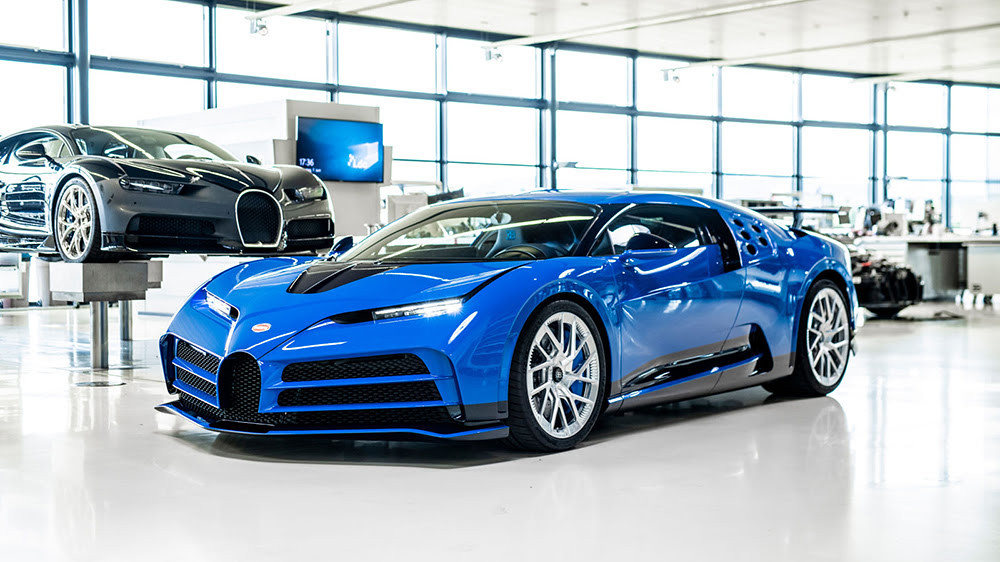
8. **Bugatti**When one thinks of automotive exclusivity, breathtaking speed, and unparalleled luxury, Bugatti inevitably springs to mind. This legendary manufacturer, founded in 1909, has long been synonymous with producing some of the fastest and most opulent cars in the world. Its creations are not merely vehicles; they are rolling works of art, pushing the very boundaries of engineering and design.
Bugatti became a part of the Volkswagen Group in 1998, a pivotal moment that secured the future of this iconic brand. Volkswagen’s commitment to Bugatti was further cemented with the conclusion of full ownership in 2000, which notably included taking over the historic Ettore Bugatti guesthouse and transforming it into the brand’s headquarters. This acquisition ensured that Bugatti’s legacy of crafting hyper-exclusive vehicles would continue under the robust umbrella of the German conglomerate.
Under Volkswagen’s stewardship, Bugatti continues to redefine what is possible in automotive engineering. Models such as the Chiron exemplify this dedication, emerging as limited editions crafted with groundbreaking technology and staggering performance figures. These vehicles are not just about speed; they represent the pinnacle of luxury, meticulous craftsmanship, and bespoke design, capturing the imagination of enthusiasts worldwide.
Bugatti’s presence within the Volkswagen Group’s portfolio significantly elevates the group’s overall prestige and reinforces its position as a leader in high-performance and ultra-luxury segments. The brand’s unparalleled exclusivity and world-renowned reputation attract discerning collectors and enthusiasts, showcasing Volkswagen’s commitment to pushing the envelope in automotive innovation and design far beyond conventional transportation.
Read more about: Beyond the Runway: A Deep Dive into Ralph Lauren’s Legendary Car Collection, Valued at Over $600 Million
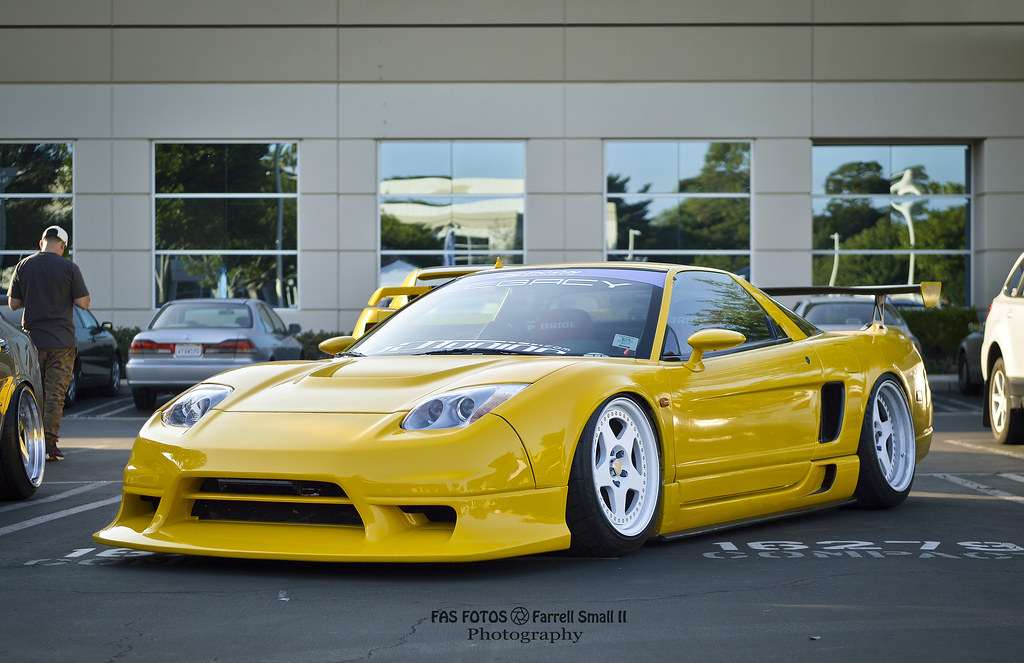
9. **Ducati**Expanding beyond four wheels, the Volkswagen Group also commands a formidable presence in the high-performance motorcycle segment through Ducati. This iconic Italian company, headquartered in Bologna, was founded in 1926 by Antonio Cavalieri and his three sons. Initially, the company’s focus was on the production of a diverse range of electrical components, including condensers, vacuum tubes, and radio components, demonstrating an early knack for precision engineering.
Ducati remarkably survived the profound challenges and devastation of World War II, a testament to its resilience and adaptive capabilities. Fast forward to April 2012, Volkswagen, via its Audi subsidiary, announced a significant acquisition: it would be buying Ducati for a substantial 1.2 billion dollars. This strategic move brought one of the most revered names in motorcycling into the automotive giant’s diverse portfolio.
Today, Ducati is globally celebrated for its high-performance four-stroke motorcycles, which have dominated the motorcycle industry for decades. The brand’s distinct engineering philosophy, often centered around its L-twin engines and advanced chassis designs, delivers an exhilarating riding experience. Ducati’s inclusion under the Volkswagen Group umbrella showcases the conglomerate’s expansive reach across different mobility sectors, from everyday cars to ultra-luxury vehicles and now, elite two-wheeled machines, further diversifying its influence and market presence.
Read more about: Recall the ’60s? These 12 Iconic Authors Defined an Era and Their Books are Still Essential Reads
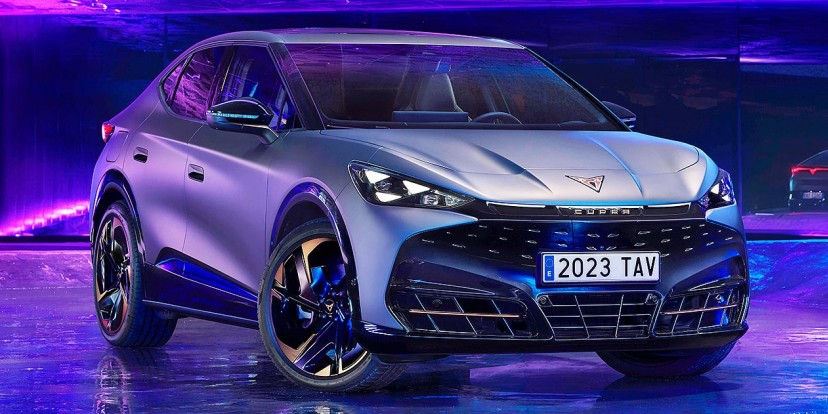
10. **CUPRA**Emerging as a dynamic and performance-oriented extension of the Volkswagen Group’s Spanish subsidiary, SEAT, is the CUPRA brand. Initially conceived in 1995 as SEAT’s dedicated performance car division, CUPRA was responsible for creating high-performance versions of SEAT’s regular models, injecting a dose of adrenaline into the mainstream lineup. This strategy allowed SEAT to market itself as a sporty badge for the working man, appealing to consumers seeking both practicality and excitement.
However, the CUPRA narrative evolved significantly over time. Starting with the 1996 model year, the performance badge began to carve out its own identity, gradually moving towards becoming an independent brand. This evolution culminated in 2018 when the CUPRA badge officially spun off into its own independent subsidiary, marking a distinct separation from its parent company, SEAT, to pursue its own high-performance niche.
Since becoming independent, CUPRA has expanded its offerings beyond merely souped-up versions of SEAT cars. The brand has boldly introduced its own distinctive models, such as the striking Formentor SUV and the innovative Born EV hatchback, which debuted starting in 2020. These vehicles showcase CUPRA’s commitment to unique design and a forward-thinking approach to performance within the Volkswagen Group’s Core brand group, aiming for a youthful and style-conscious audience.
CUPRA is also setting its sights on global expansion, with plans to enter the U.S. market by 2030, offering a wider range of models than initially anticipated. Responding to the evolving market, U.S. buyers will have the choice between combustion-powered, plug-in hybrid, and all-electric Cupras. Notably, unlike some other brands under Volkswagen’s ownership that have adjusted their electrification targets, CUPRA maintains its ambitious goal of producing electric-only vehicles from 2030, demonstrating a clear commitment to a sustainable high-performance future.
Read more about: Discover 15 Underappreciated Sports Cars That Are Hidden Gems
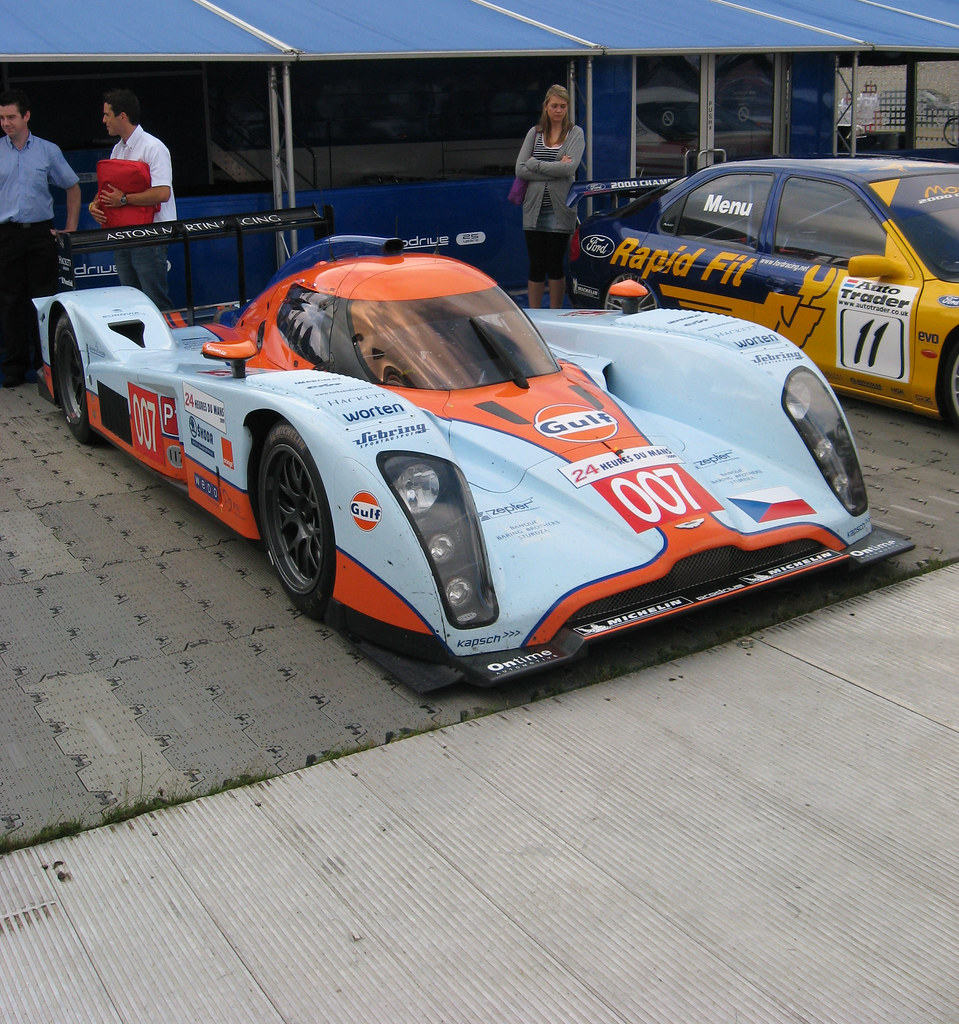
11. **MAN**The roots of MAN, a prominent heavy commercial vehicle manufacturer, stretch back profoundly deep into history, tracing their origins to 1758 with the establishment of St. Antony’s ironworks. This foundational enterprise later merged with New Forges and Good Hope to form Oberhausen, laying the groundwork for a robust industrial entity. The GHH group, as it became known, demonstrated remarkable resilience, growing significantly and even surviving the tumultuous period of World War II.
Following the war, the allies made the decision to split the GHH group, leading to a pivotal shift in the company’s focus. During this period, MAN ceased its operations in mining iron and steel, instead concentrating its efforts on manufacturing machinery. The acquisition of Bussing proved to be a transformative moment, helping the company pivot entirely to focus on commercial vehicles, solidifying its new direction in the automotive sector.
Despite its long history and industrial prowess, MAN faced significant financial headwinds, particularly during the 1982 oil crisis. This challenging period pushed the company into a financial crisis, prompting strategic changes, including the transfer of its headquarters from Oberhausen to Munich in 1986. These moves set the stage for future partnerships and a reorientation of its business strategy in a rapidly changing global economy.
Volkswagen’s interest in MAN materialized in 2011, when it acquired a 55.9% stake in the company, which was subsequently increased to 73% in 2012. This acquisition brought a crucial player in heavy commercial vehicles into the Volkswagen Group’s fold. MAN’s inclusion significantly strengthens Volkswagen’s expansive reach beyond passenger cars, enabling the group to offer a comprehensive suite of diverse mobility solutions, from trucks and buses to engines and components, solidifying its presence in the global commercial vehicle market.
Read more about: Remember the Aughts? 12 Mind-Blowing Moments and Trends That Totally Shaped the 2000s

12. **Volkswagen Commercial Vehicles**While the Volkswagen passenger car brand is a household name, a distinct and equally vital entity within the conglomerate is Volkswagen Commercial Vehicles. This specialized company, founded in 1995 in Hannover, Germany, underscores the Volkswagen Group’s commitment to providing robust and practical transportation solutions for a variety of business and specialized needs around the globe.
Volkswagen Commercial Vehicles designs and manufactures a broad range of vehicles that extend beyond the typical family car. Its offerings include everything from versatile small buses, widely recognized in many regions, to various other utility vehicles tailored for diverse applications depending on where in the world you are looking. These vehicles are engineered for durability, reliability, and efficiency, reflecting Volkswagen’s core values in a commercial context.
The scale of this operation is impressive, with Volkswagen Commercial Vehicles currently employing over 20,000 people and experiencing rapid growth. This significant workforce and expanding market presence highlight the strategic importance of this division to the overall Volkswagen Group, demonstrating its capacity to cater to high-volume, specialized transportation demands in both established and emerging markets.
Ultimately, Volkswagen Commercial Vehicles extends the Volkswagen Group’s influence beyond conventional passenger cars, ensuring its footprint across the entire spectrum of mobility. By providing dependable and practical transport solutions for businesses and various specialized needs, this brand is instrumental in solidifying Volkswagen’s position as a truly comprehensive automotive giant, capable of meeting virtually any transportation requirement worldwide, from individual commuters to large-scale logistics operations.
Read more about: Market Reconfiguration: Examining Why Leading EV Brands from 2023 Face New Pressures in 2024’s Evolving Landscape
From the budget-friendly practicality of SKODA to the hyper-exclusive luxury of Bugatti, the high-performance thrills of Ducati motorcycles, the sporty agility of CUPRA, and the indispensable utility of MAN and Volkswagen Commercial Vehicles, the Volkswagen Group truly orchestrates an automotive symphony of diversity. This intricate network of brands, each with its unique identity and market focus, is a testament to Volkswagen’s unparalleled strategic vision and relentless pursuit of market leadership. Understanding this vast empire reveals not just the scale of its operations, but also the meticulous planning behind its success, making it clear why Volkswagen remains one of the most influential and successful forces in mobility worldwide.

